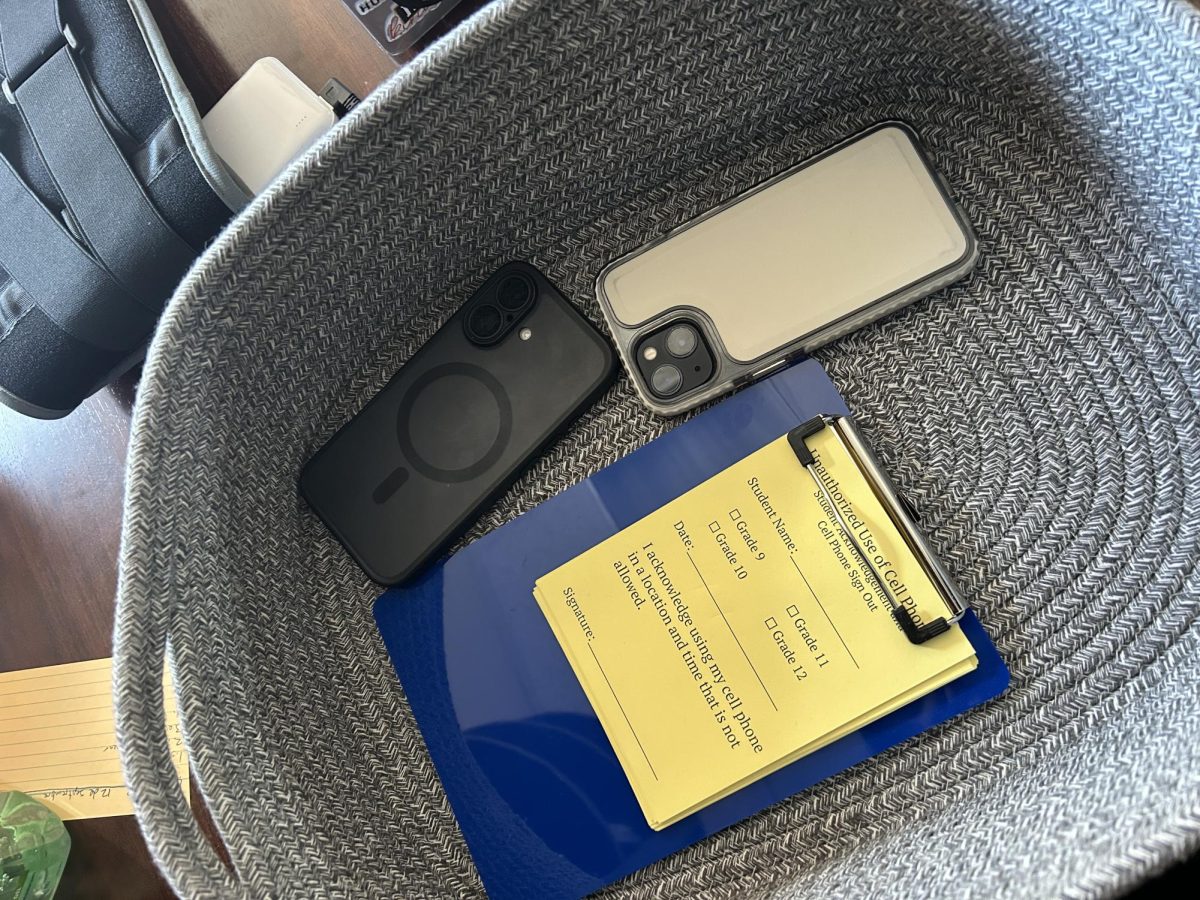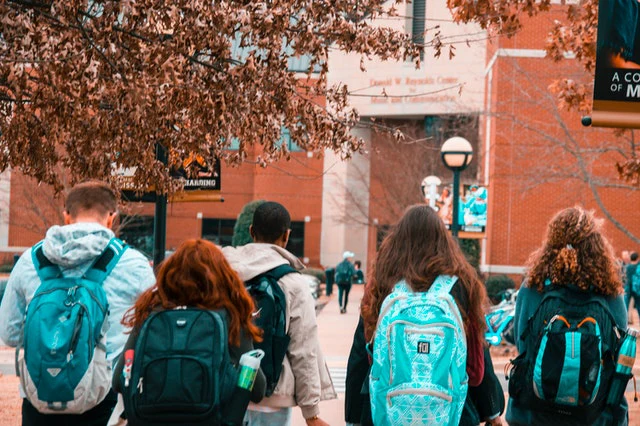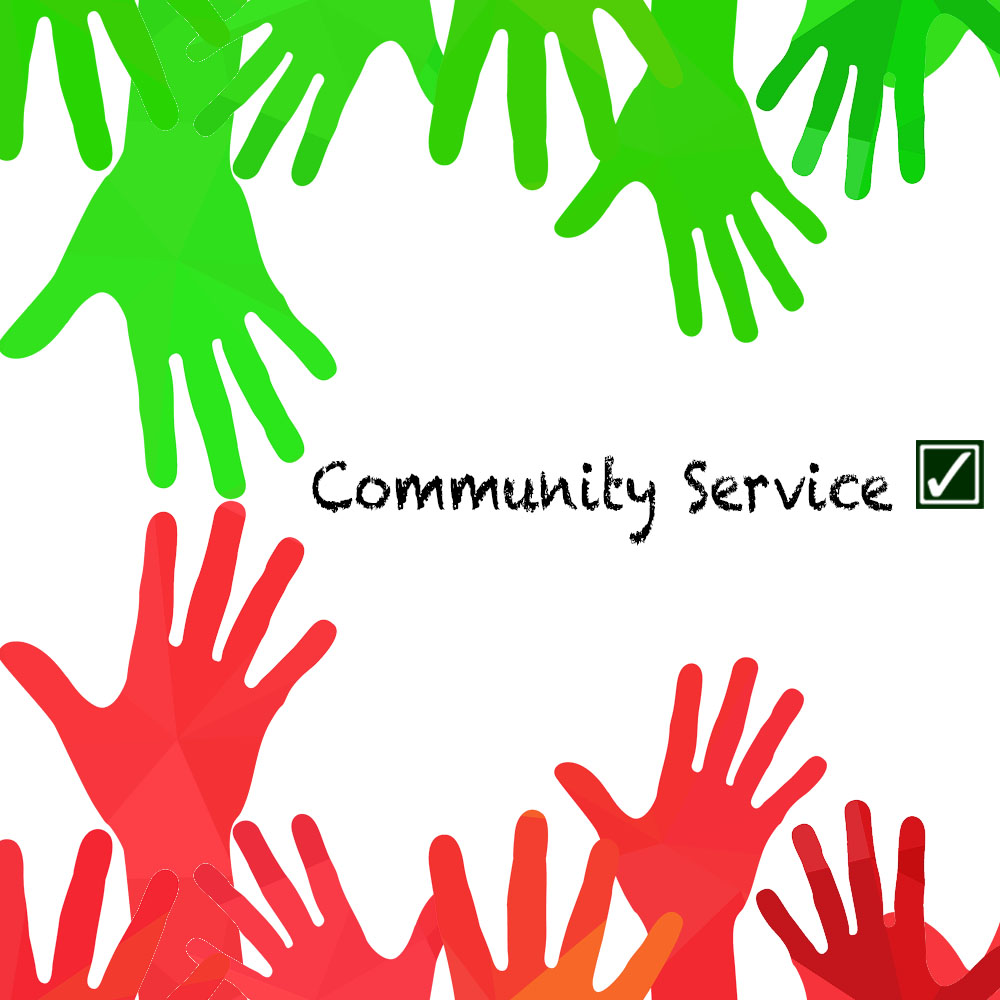St. Stephen’s & St. Agnes School faculty and staff have made an effort to put service at the forefront of their community by finding new service learning opportunities for students to engage in a fun and caring environment. But do students really find the “fun” and “caring” in service? Are students really completing service to learn or to just check off a box they need for college?
You may hear different things in the halls of SSSAS depending on the people you pass. Some may say that service learning is needed in our school and provides carefree enjoyment away from our stressful school days, and that we are privileged and gifted to help others in our community. Others may say that service is boring and a complete waste of time, and should not be a part of our graduation requirements at all.
Mr. Yee, the Director of Service Learning and Community Engagement here at St. Stephen’s & St Agnes, was open for an interview to discuss his opinions about students’ engagement in service learning. He’s been working at SSSAS since 2012, first employed as a member of the English department. In his first year, Mr. Yee was assigned as an emergency chaperone for a school trip with our partner school in Haiti. He described the trip as difficult because he sensed that none of the students were engaged in the service learning aspect of the trip.
When asked about the dedication and/or change in attitude towards service, Mr. Yee expressed that he has seen an overall downward direction over the course of his years here at SSSAS; “The changes in which students evaluate themselves and readied themselves for the college process, I think has changed a lot of that, because it’s not just surface learning, but it’s also engagement and a lot of different things around the school, whether it’s really strong clubs, theater program, and other activities like that.” Mr. Yee said that COVID was a huge factor in the dedication as well. Despite all of that, Mr. Yee has seen “incredible things” throughout the couple of years. Decreasing service hours was a result of COVID-19, and also with student interest. Some students said 60 hours (now reduced to 40) was too much, and others said it was too little.
This downward trend is present all over the country, not just in our community. According to the 2021 U.S. census, the percentage of Americans that participate in service decreases dramatically after students have graduated from high school. 28.2% of people ages 16-18 stated that they formally volunteered, but this rate decreased to 17.8% in the 18-24 age group. Whether this decrease is due to a lack of time, lack of interest, or something else entirely, it is clear that beyond high school, many Americans that previously volunteered end their time working with the community.
In contrast to the policy at SSSAS, Joy Webster, the Director of Service Learning at The Potomac School, shared to us that over email there are no graduation requirements their school provides. According to Ms. Webster, they have seen a growth in student engagement across all three campuses because of this. “Because we have eliminated graduation requirements,” she began, “we have found that students are highly motivated and genuinely engaged in service. Once students get to the Upper School, where they have many opportunities to engage in service, we have seen an increase in interest in doing so. We believe it may be because our program starts with our youngest students, so they build habits of service.”
Instead of graduation requirements, their students participate in service initiatives with their advisory groups. These activities include monthly “Sandwich Days,” where students across all campuses make sandwiches to donate to Martha’s Table, Community Action Days, where advisory groups choose community partners that they would like to help serve, as well as offering student-led and student-initiated clubs dedicated to service, similar to organizations like Book Buddies or Saints Supporting Refugees at SSSAS.
An example of one the service learning events here at the Upper School is our bi-yearly Colloquium for the Common Good. The last Colloquium was held in 2021, and it was mainly focused on workshops. Students signed up for workshops over the course of the day. According to Mr. Yee, the additional amount of student choice allowed kids to really get more out of the Colloquium. This year, we had three main keynote speakers, with optional workshops during Lunch. “[SSSAS] wanted to make sure that students were focused on taking away aspects from each session. We were really careful about trying to design the reflection activities, so that during advisory, students could not only hear what the keynote speakers had to say, but figure out what it means to them.”
However, The Voice sent out a Google form regarding the Colloquium and student feedback indicates that most of the student body was displeased, with many students choosing to leave early or skip school altogether. When asked why they did not attend in a survey sent out by The Voice, students gave reasons such as “I felt it was a waste of my time” and that “the last time [I] went, it was boring.” Overall, 154 students were absent from school for at least part of the day of the Colloquium.
Although the first speaker, John Hunter, was a strong start to the Colloquium, the last two speakers fell short. Mr. Yee shared to us that “the main negative feedback that I’ve heard was (on) the other keynote speakers later on.” He told us it was hard to follow a “slam dunk” performance and that the “energy wasn’t quite as high because [the other speakers] weren’t as charismatic in some ways.”
On The Voice’s feedback form, one student indicated that “by the end of the day, I was really drained.” Multiple students wrote that they wished they had more choice on the activities, saying there was “too much sitting” and that they preferred the old model used in 2021. When asked what they would change about the Colloquium in future years, students said they wanted more choice on which speakers to watch and what activities to do, shorter and fewer advisory sessions, and possibly even reducing the whole event down to a half-day.
Despite this seemingly negative attitude, many people in the SSSAS community are advocates for service and maintain that it is necessary. One advocate for this is Meghan Hendy, a parent at SSSAS and a lifelong participant in service. Her earliest memory in service is her father running the food drive at their church and volunteering at hospitals and nursing homes in middle and high school. Right now, Mrs. Hendy serves with several organizations, including, but not limited to, the Carpenter’s Shelter and Alexandria Families for Safe Streets, a nonprofit started by her father to increase pedestrian safety in Alexandria.
Regarding the service requirement at SSSAS, Mrs. Hendy explained that it’s really beneficial that SSSAS has a service requirement because it helps people realize that they are “part of something larger and that you can make a difference and contribute and see how connected we all are to one another.” “High schoolers have a lot of interests, a lot of passion and energy, and we need that in the world,” said Mrs. Hendy. She emphasized that when trying to get into service, “you can start small. It’s easy to pick up trash along the Potomac with friends on the weekend.”
The Voice also spoke to Kalli Dinos ‘24, who is a deeply invested participant in service learning and has worked with many organizations such as Sages and Seekers, Learnserve, and Grace Episcopal School. Kalli also leads Reach for the Stars, a service collaboration between SSSAS and the Mother of Light Center. She will also receive the Distinction in Service upon graduation this year. When asked what she has learned from her participation, Kalli said, “I think I have learned a lot about connecting with people in the community,” something also mentioned by Mrs. Hendy as an increasingly important reason to participate in service. She also expressed support for the service learning requirement at SSSAS, saying that “service lets people get out in the community and go beyond the small private one we have here.”
With all this being said, are students really finding a benefit with the service learning options provided by our school? It is a hit or miss when it comes to our community. Some students are avid participants in service learning, and others couldn’t care less.


























